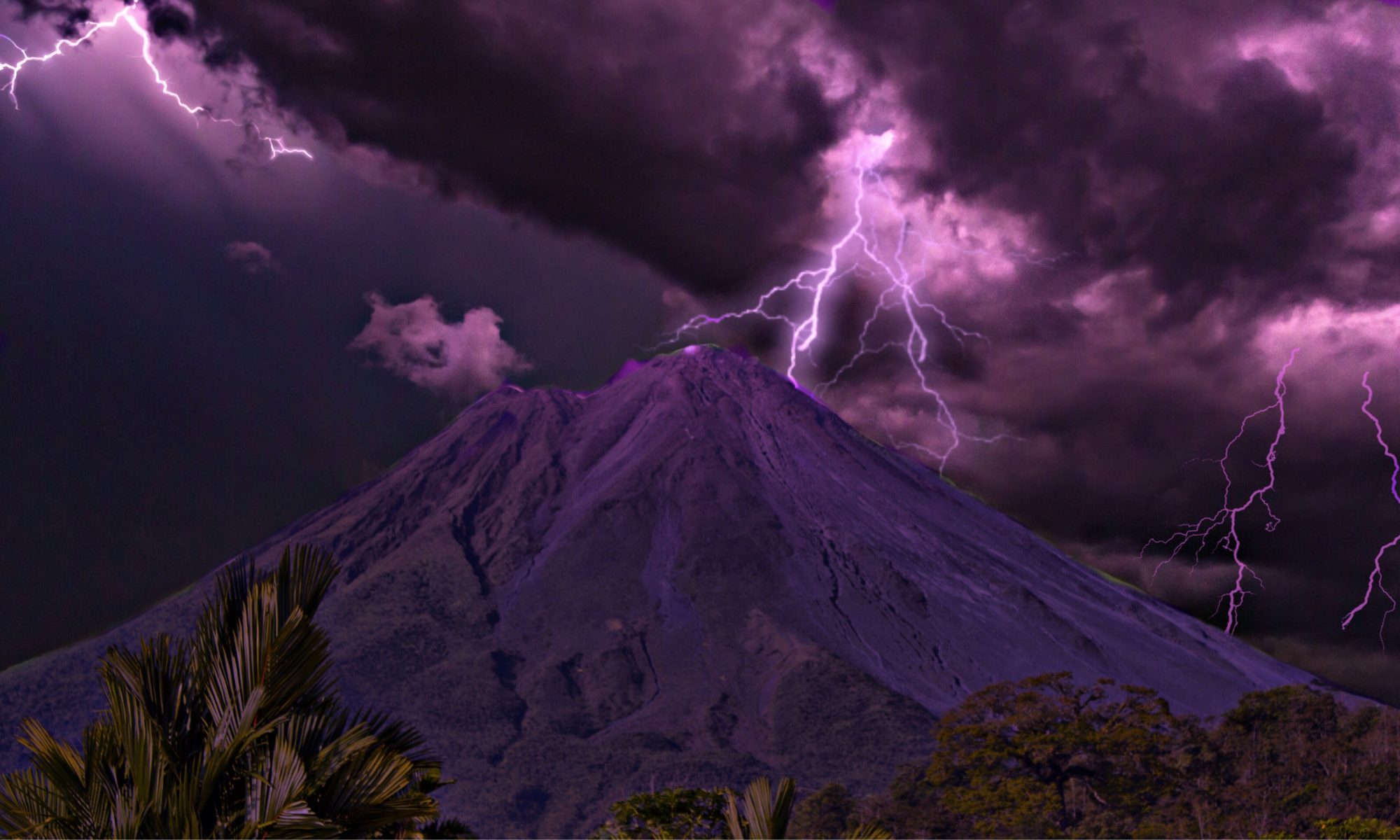Featured Image: Lightning is a common high energy phenomenon on Earth, like here during a storm over Bucharest, Romania. Image credit: Catalin.Fatu (Wikimedia Commons), CC BY-SA 3.0.
Papaer: Lightning strikes as a major facilitator of prebiotic phosphorus reduction on early Earth
Authors: Benjamin L. Hess, Sandra Piazolo, Jason Harvey
You might think of lightning as a violent and destructive force of nature, but it might have helped to spark life on Earth. The enormous energy released by lightning can weather or even melt rocks. During this short but intense heating phase, the rock’s or soil’s mineralogy changes and a very important element for life becomes available: phosphorus. A group of researches was able to show why the transformation of phosphorus minerals by lightning could have been an important source of this element during Earth’s infancy.
Continue reading “How lightning changes rocks – Reduction of phosphorus minerals”



